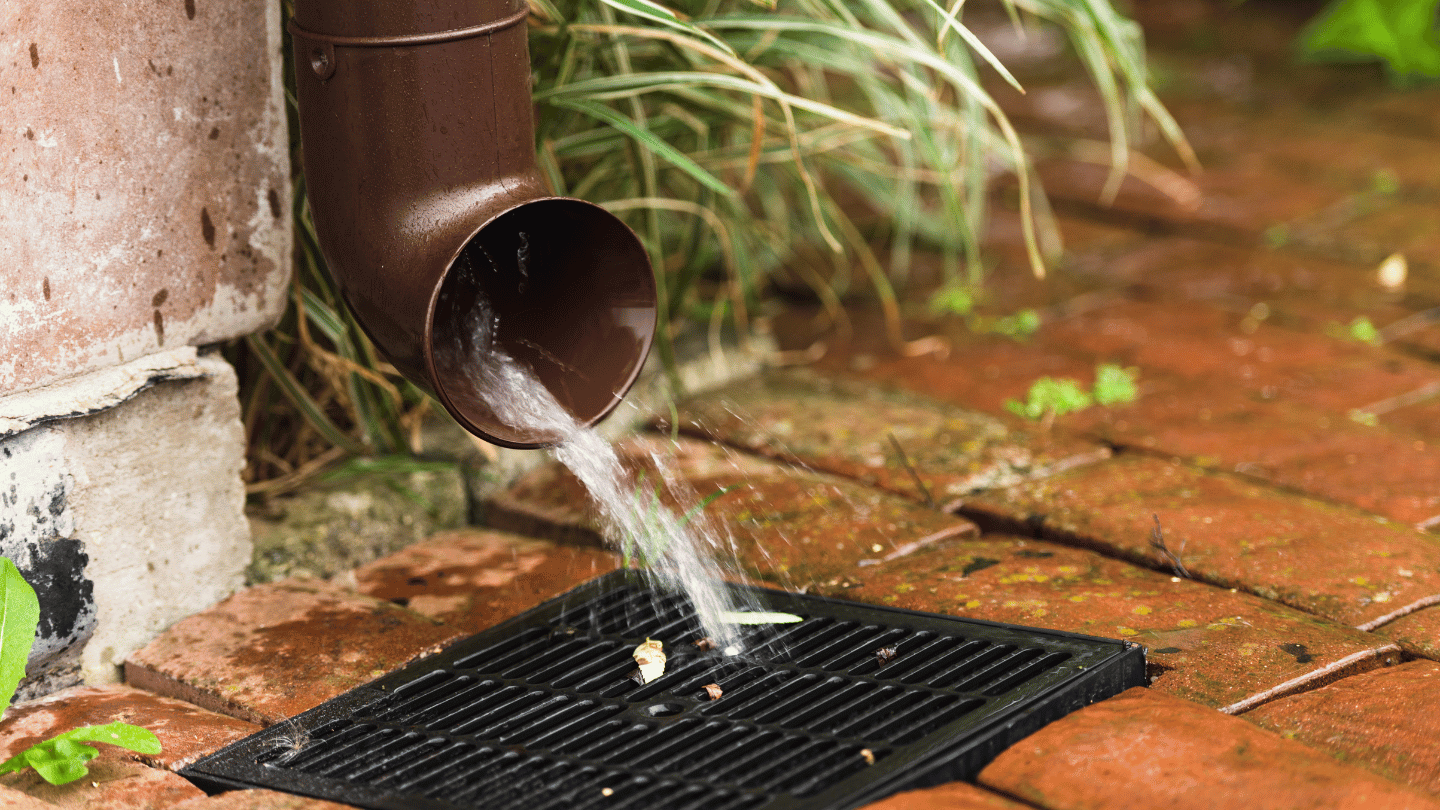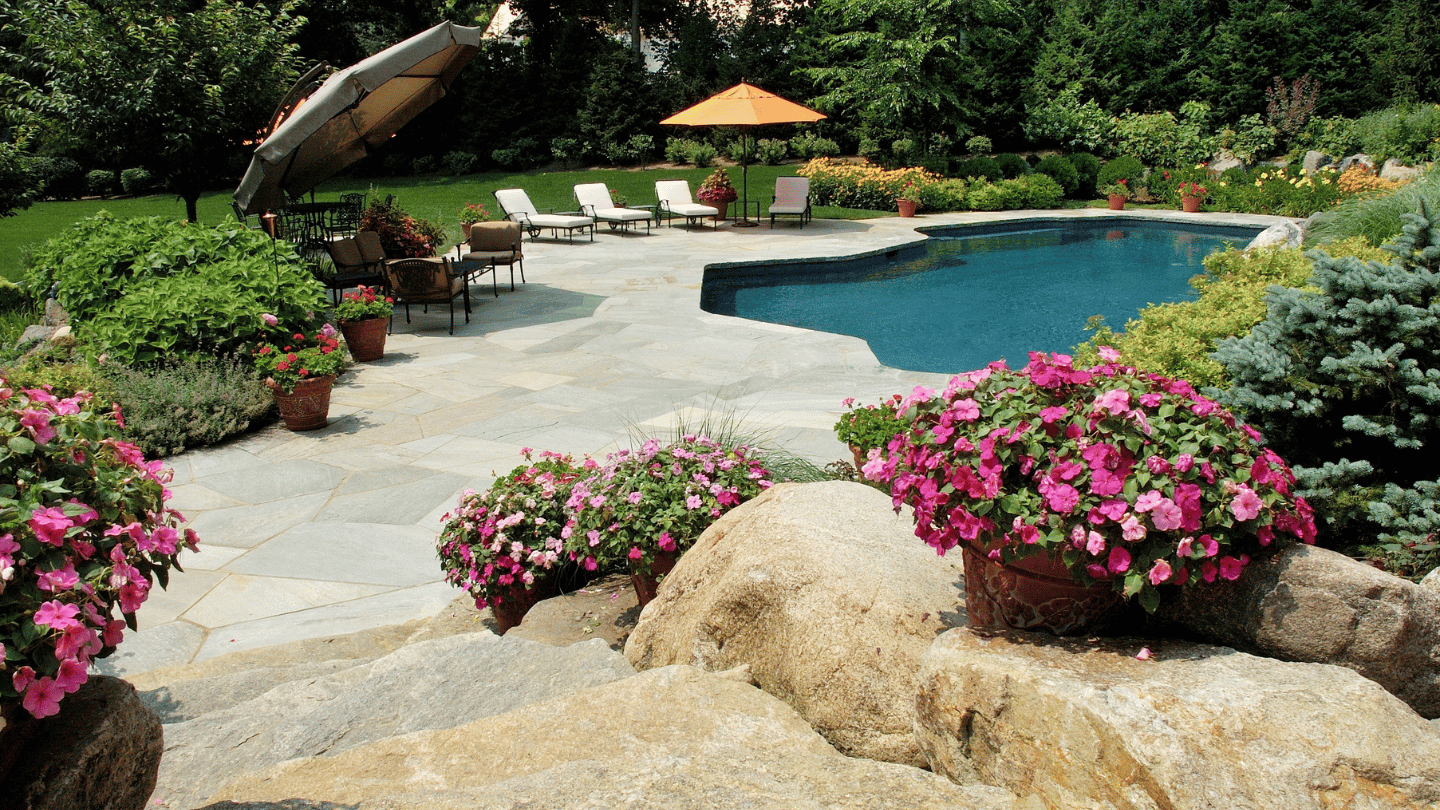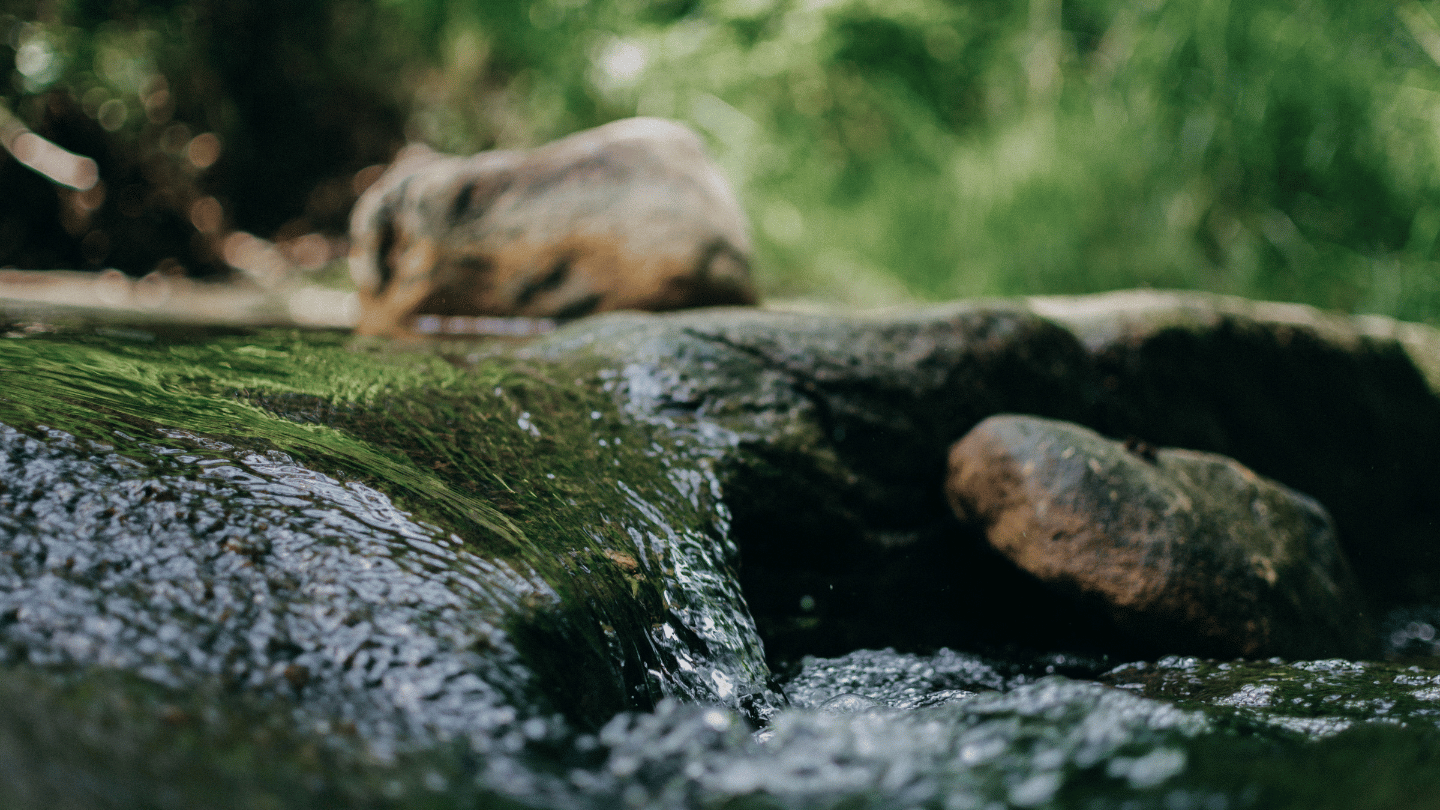Your water bill jumped again this summer, didn't it? You're not alone. We talk to Burbank homeowners all the time who are torn between keeping their yards alive and watching their utility costs climb every year. The good news? There's a straightforward way to do both—and it starts with the rain that's already falling on your roof.
Rainwater harvesting isn't some complicated eco-warrior project. It's just catching water from your roof, storing it, and using it when you need it. The system pays for itself faster than most people expect, especially if you've got a pond, water feature, or just a thirsty garden that needs regular attention.
Why Burbank Homes Need This
Our Mediterranean climate gives us those beautiful dry summers everyone loves—and then sticks us with the water bill to keep everything green. Municipal water gets expensive fast when you're running sprinklers three times a week or topping off a 500-gallon pond that loses an inch of water to evaporation every few days.
Here's what most people don't realize: a typical Burbank home with 1,500 square feet of roof can collect around 900 gallons of water from just one inch of rain. Even in our drier years, that adds up. Instead of watching that water disappear down the storm drain, you're banking it for July and August when your landscape needs it most.
How It Actually Works
The mechanics are simpler than you'd think. Rain hits your roof, flows through gutters to a downspout, passes through a basic filter (to catch leaves and debris), and lands in your storage tank. From there, you can either gravity-feed it to lower areas of your yard or use a small pump to distribute it wherever you need.
The filtering step matters more than people realize. We've seen too many DIY systems clog up because someone skipped the mesh screen or didn't install a first-flush diverter. That first burst of water off your roof carries dust, bird droppings, and whatever else settled there since the last rain—you don't want that sitting in your tank. A simple $30 filter stops most of the headaches.
Storage size depends on what you're trying to accomplish. If you're just supplementing your vegetable garden, a couple of 55-gallon rain barrels might cover it. But if you're maintaining a koi pond or trying to keep a large landscape going, you'll want something bigger—maybe a 500 to 1,000-gallon cistern tucked along your side yard. We've installed underground tanks for clients who don't want anything visible, though that obviously costs more.
Where This Really Shines
Beyond the obvious savings on your water bill, rainwater makes your plants genuinely happier. It's naturally soft, with no chlorine or fluoride or whatever else the treatment plant added that week. We've watched struggling fruit trees perk up once homeowners switched to primarily rainwater irrigation.
And if you've got a pond or fountain? This is a game-changer. Topping off a pond with tap water means dealing with chlorine (not great for fish) and potentially throwing off your water chemistry. Rainwater goes in clean, your fish stay healthier, and you're not burning through hundreds of gallons of treated municipal water just to replace what evaporated.
The environmental piece isn't just feel-good talk either. Every gallon you catch is one less gallon of runoff carrying oil, fertilizer, and street grime into local waterways. Your yard becomes part of the solution instead of part of the problem.
Getting Started Without Overthinking It
Start by looking at your roof and figuring out which downspouts drain the most area. That's where your first tank goes. For most Burbank homes, positioning a tank near your largest downspout and closest to your garden or pond makes the most sense—less plumbing, easier maintenance.
Don't obsess over buying the perfect system right away. Start with one rain barrel and see how fast it fills during our winter rains. You'll get a feel for your roof's collection capacity and whether you need to scale up. We've had clients start with two barrels and end up adding a 300-gallon tank the next year once they saw how much water they were missing out on.
Maintenance is minimal if you set things up right. Clean your gutters before the rainy season starts—late October usually works. Check your filters after the first couple of storms. Beyond that, you're mostly just opening a valve when your plants need water.
The Seasonal Reality
Here's the thing about Burbank: all your rain comes between November and March, but all your watering happens April through October. Your system needs to bridge that gap. Size your storage so you're still drawing on captured rainwater in May and June, not running dry by April.
If you've got the space and budget, multiple tanks connected together give you more flexibility than one large tank. Plus, if one develops a leak or needs cleaning, you're not out of commission entirely.
The bottom line? Rainwater harvesting isn't about going off-grid or making some grand environmental statement. It's about using free water that's literally falling on your house instead of paying the city for water that's being pumped from hundreds of miles away. Your wallet will notice the difference, and your landscape will look better for it.





.jpg)





.jpg)